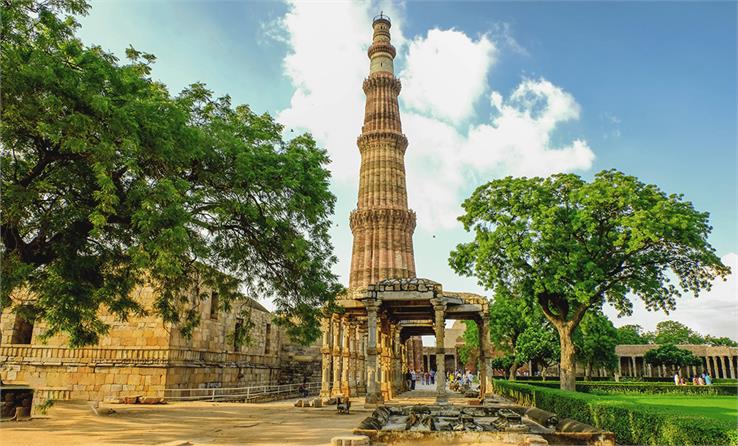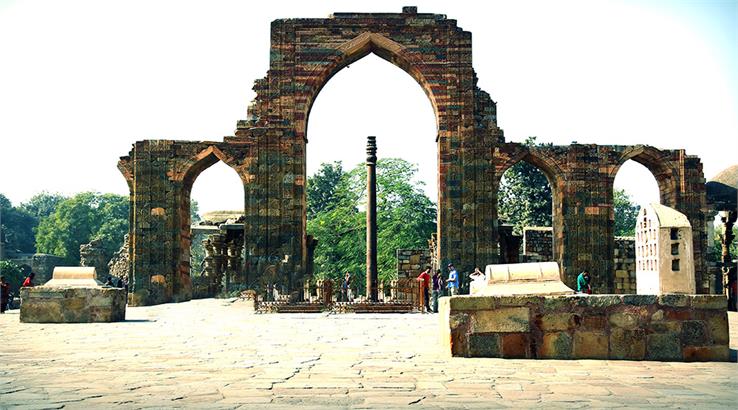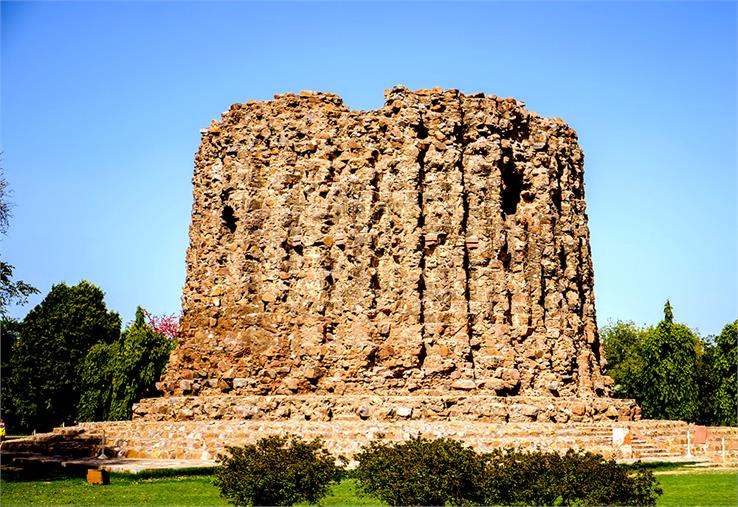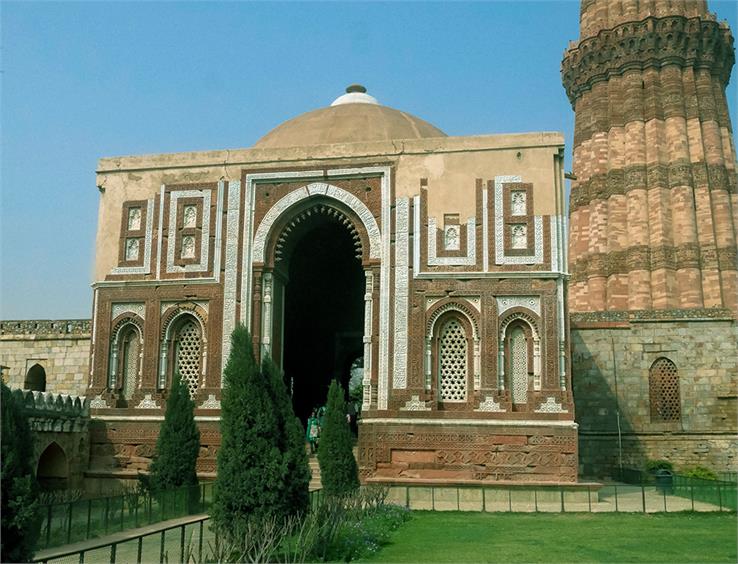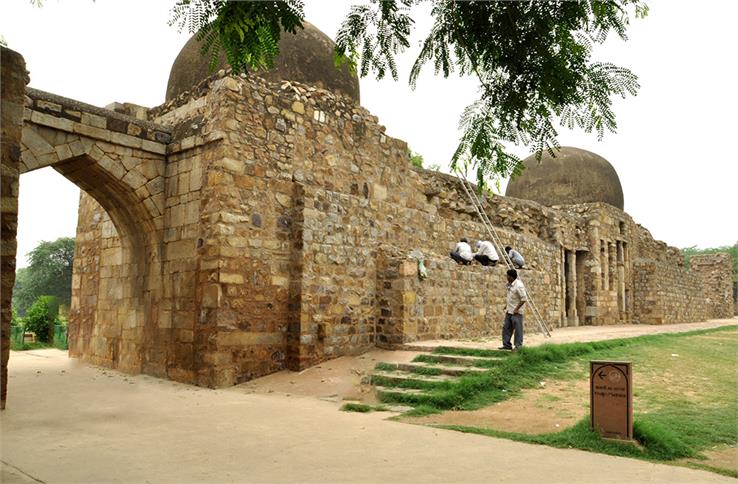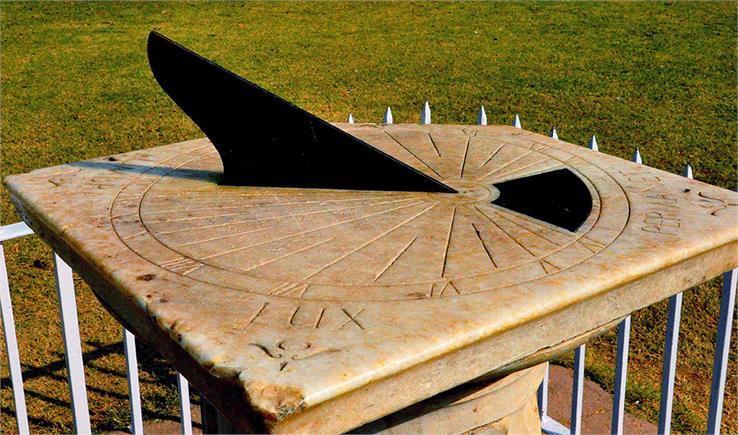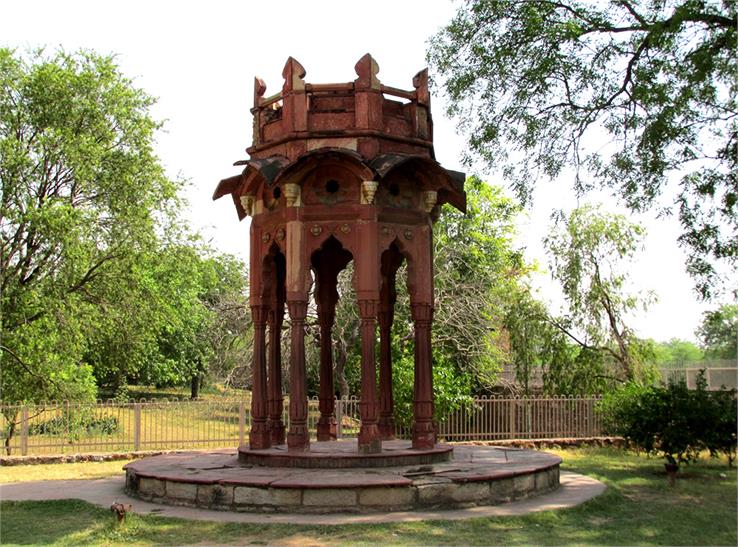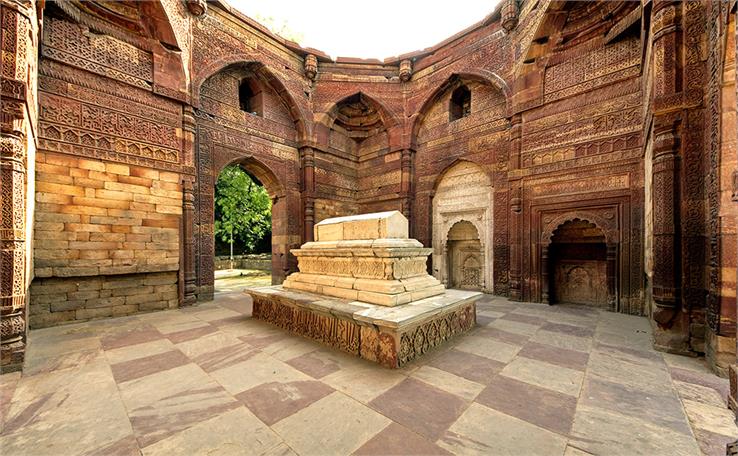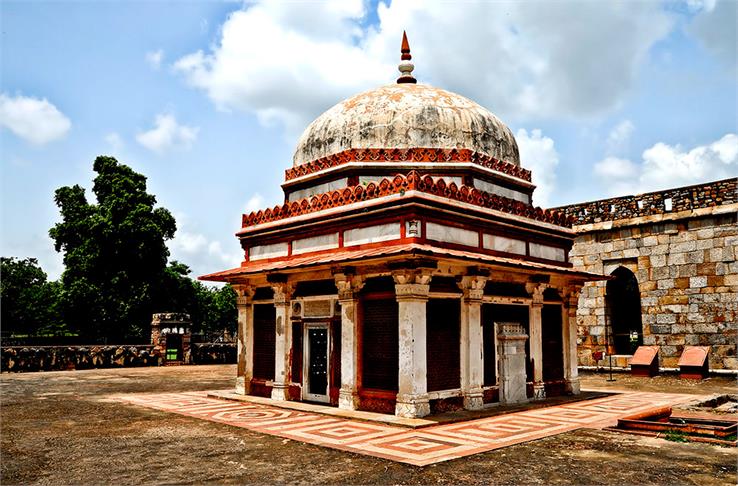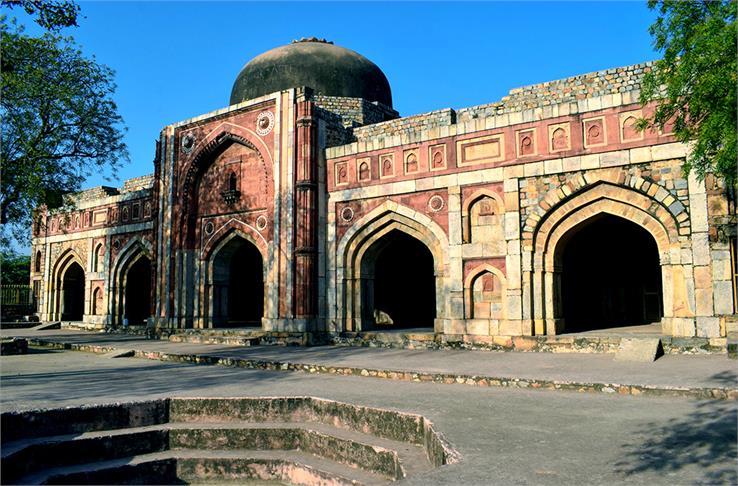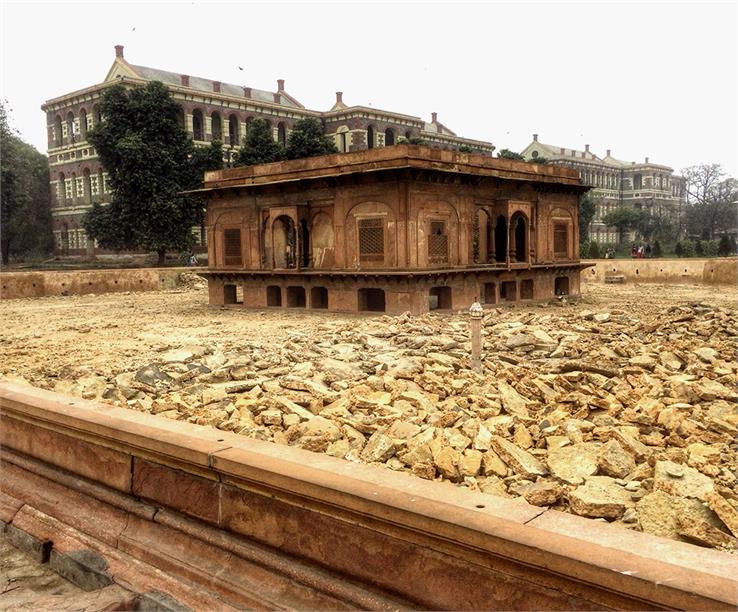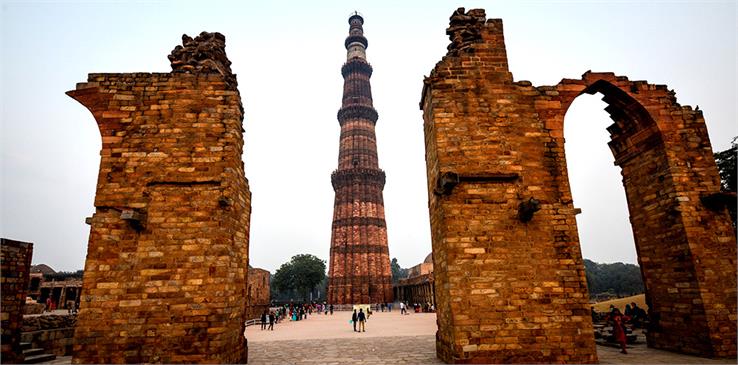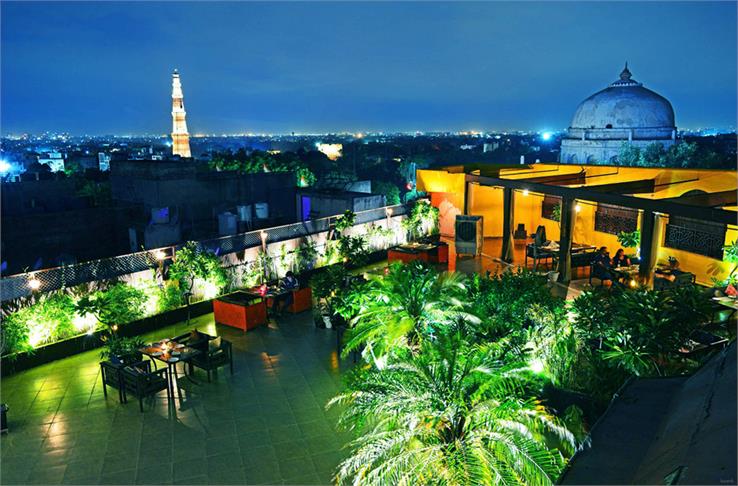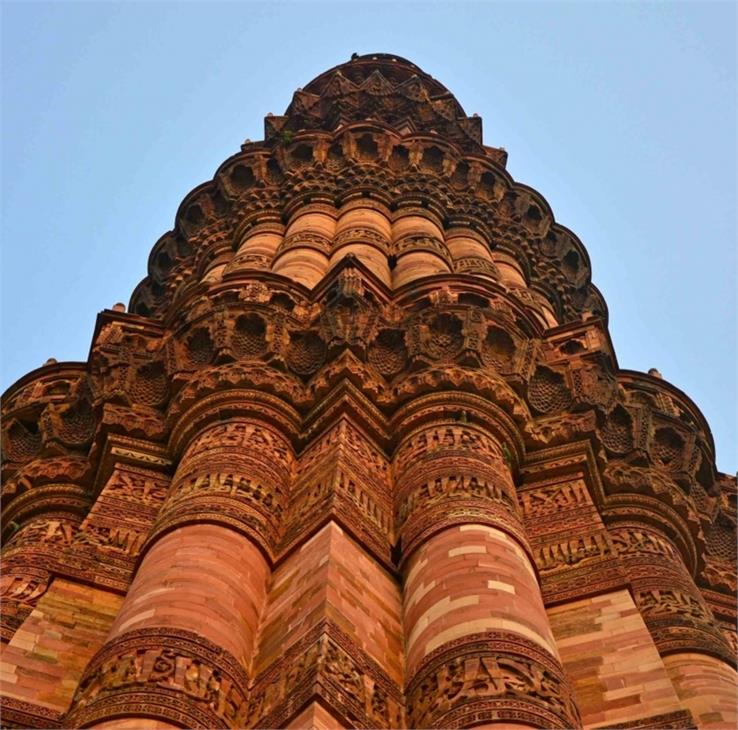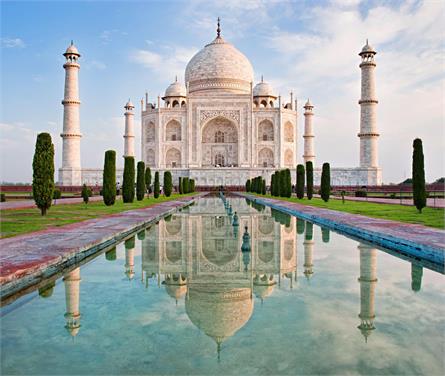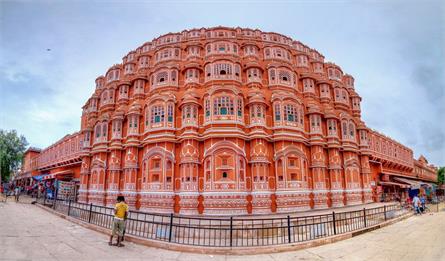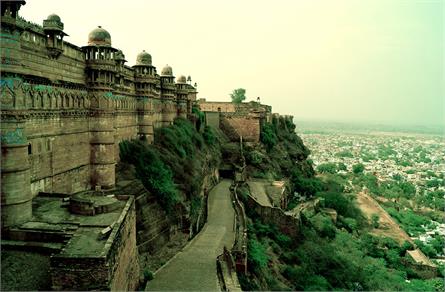Qutub Minar - The Tallest Minaret of India
One monument that soars high and bags the title of ‘the tallest minaret in India’ is none other than Delhi’s pride “Qutub Minar.” Also spelled as Qutb Minar, this World Heritage Site acclaimed by UNESCO is the manifestation of the unbeatable spirit of Delhi rulers. Yes, it is a minaret and a victory tower standing tall at 72.5 meters, built just after the defeat of the last Hindu kingdom in Delhi. It is surrounded by a number of great historical monuments that form a complex called ‘Qutb Complex.’
Tickets and Timings
|
Particulars |
Entry fee |
|
Adults (Indian) |
INR 30 |
|
Children (below 15 years) |
No Fee |
|
Foreign Tourists |
INR 500 |
|
Still Camera (non-commercial use) |
INR 25 |
|
Video Camera (non-commercial use) |
INR 25 |
The Qutub Minar Complex can be accessible on all days.
Opening Time: 7 AM
Closing Time: 5 PM
Qutub Minar Address: Mehrauli, New Delhi, Delhi, 110030, India
Events
A cultural event, Qutub Festival is held in November and December, annually. It is a 3-day festival that represents different forms of art and culture.
History
Qutub Minar was started being constructed by Qutb-ud-din Aibak, the first ruler of the Delhi Sultanate in 1192. It was further completed by his son-in-law Iltutmish after his death, who added three more stories to the huge Minar. Unfortunately, a lightning strike demolished the top story in 1369. Later, Firoz Shah Tughlaq added one more story and reinstated the damaged one. During the time of Humayun’s exile, when Sher Shah Suri came into rule, he included a beautiful entrance to the tower. After that, Sikander Lodi renovated the monument, damaged due to the earthquake of 1505.
Furthermore, there have been many additions and restoration being done to the minaret.
There are two philosophies regardings its name, which is unclear, some say it is named after its creator, Qutb-ud-din Aibak, while others say it is baptized after a Sufi saint, Qutbuddin Bakhtiar Kaki.
Architecture

With a height of 72.5 meters, the monument has five superposed stories, and a total of 379 spiral steps leading to the top. The diameter of the minaret at the base and the top are 14.32 meters and 2.75 meters, respectively. There are extended balconies on the sides of each story of Qutub Minar. The structure of the monument is built in Indo-Mughal architectural style using red and buff sandstone (especially, the first-three story). The beautiful carvings and the intricate designs carved on them portrays the ethnic and royal pattern of the Mughal era. The fourth column of the tower is made of marble and is comparatively plain. The fifth is built with marble and sandstone. There is the Quwat ul Islam Mosque at the bottom of the tower.
There are several additions and renovations made over the years, which is why the minaret is tilted to one side (within safe limits).
The Qutb Complex
Iron Pillar of Delhi

The world's most metallurgical interest, Iron Pillar was initially constructed by Chandragupta II Vikramaditya in 375–414 AD. It is standing tall at 23 feet with a diameter of 16 inches.
Alai Darwaza

The main entrance of the Quwwat-ul-Islam Mosque from the southern side is the Alai Darwaza. It was built by Ala-ud-din Khalji in 1311 AD.
Quwwat-ul-Islam Mosque
One of the ancient mosques that survive in the Indian subcontinent. It was also the first mosque built in Delhi by Qutb-ud-din Aibak.
Alai Minar

An ambitious tower, Alai Minar was a dream tower of Alauddin Khalji, who wanted to construct this tower two times higher than Qutub Minar. Eventually, after his death, the construction of the tower was abandoned.
Ala-ud-din's Tomb and Madrasa

It embraces the tomb of the second Sultan of Delhi from Khalji dynasty, Ala-ud-din Khilji. They both are located at the back of the Qutb complex. The very first example of a tomb standing alongside a madrasa in India.
Major Smith's Cupola

The cupola was added over the fifth story by Major Robert Smith of the Royal Engineers in 1828. It was done in order to replace the earlier one which was damaged in a major earthquake of 1803. Later, the Viceroy Lord Hardinge removed and reinstalled it to the east of Qutub Minar at the ground. Subsequently, it is known as Smith’s Folly.
The Tomb of Iltutmish

As the name suggests, it houses the tomb of the second Sultan of Delhi, Iltutmish, built in 1235 CE.
The Tomb of Imam Zamin
It is the tomb of Imam Zamin, an Islamic cleric who was also known as Mohammad Ali.
Sanderson's Sundial
Other nearby attractions

- Mehrauli Archaeological Park
- The Balban's tomb
- Jamali Kamali mosque and tomb.
- The Zafar Mahal
- The Jahaz Mahal next to Hauz-i-Shamsi lake
- Moti Masjid
- Jagannath Temple
How to reach Qutub Minar
Qutub Minar is located in Mehrauli, which lies in South Delhi. One can take a DTC bus from anywhere in Delhi NCR to travel to this monument. It can be easily accessed through the Delhi Metro Yellow line.
Nearest Metro Stations are Qutab Minar and Saket from where auto-rickshaws are easily available outside them.
Famous Restaurants near Qutub Minar

- Olive Bar & Kitchen
- Qla
- Bo Tai Qutub
- Thai High
- The Qutub Tiffin
- Lavaash By Saby
Do you know?
- Not only in India, but Qutub Minar is the tallest brick minaret globally. Wow!
- It’s quite miraculous that the Iron Pillar standing in the Qutub Minar has not been rusted from more than 2000 years. It is also known for its hidden traits and mysteries related to it.
- The public was allowed to access the top of the minaret before 1974. Due to electricity failure that led to the darkness inside the tower, killed around 45 people in a stampede on 4 December 1981. Therefore, public access has been banned inside the tower since then.
- The structure has verses from the Quran engraved on it.
- It is also said that there were about 27 temples at the site which were demolished by the invaders.


